Flagship UI/UX services for Consumer & D2C
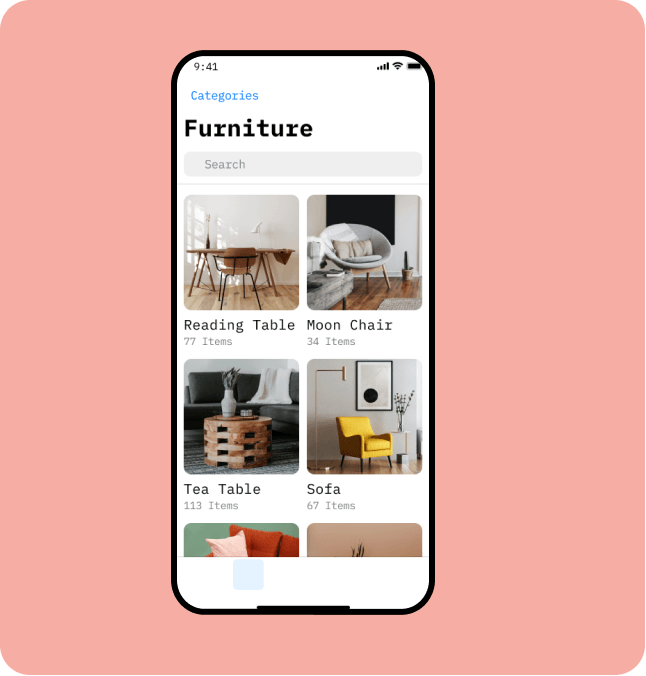
Fast and Easy Access to Products
Intuitive digital experiences help consumers to shop for their needs without having to visit physical stores. A simple and attractive user interface keep consumers coming back for more by enabling them to quickly find products and seamlessly add to their carts.

Mobile-first Accessibility
Today's customers want to shop on the go and UI/UX driven websites and apps empower D2C organizations to accommodate their desire. Customers can easily shop on their tablets and mobile phones to find the best products at amazing prices. Intuitive navigation displays all relevant information required for informed purchases.
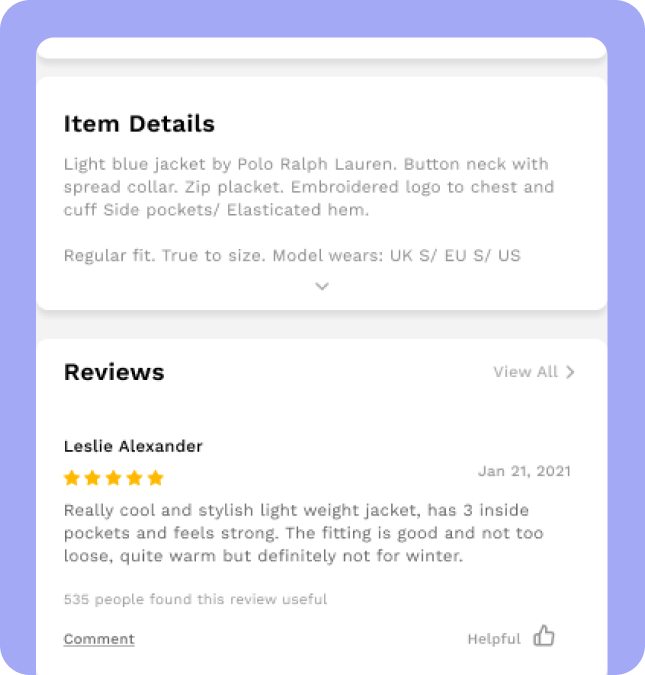
Product Reviews and Transparency
Ul and UX both play a key role in the Consumer and D2C organization's ability to shape customer perception through features such as customer reviews. Along with providing a consistent experience across channels, UI and UX bring transparency in the business. Customers can provide product feedback or even engage with other shoppers to discuss possible product alternatives.
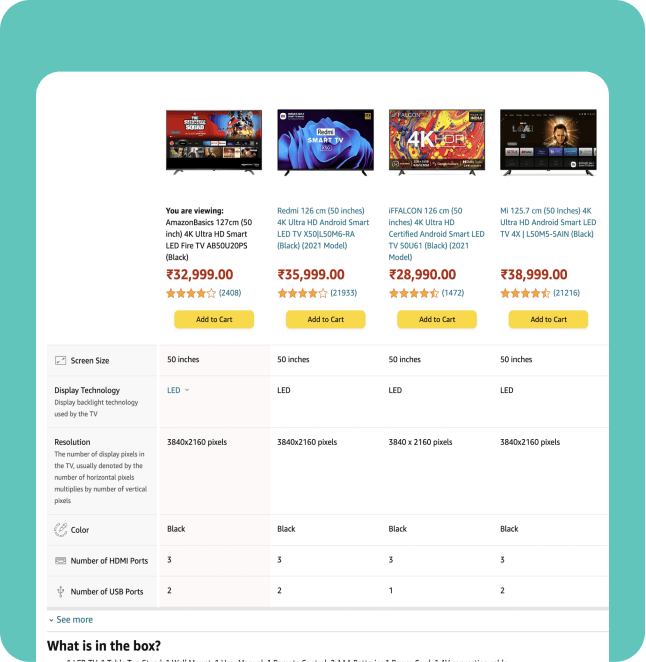
Price Comparison For Better Purchasing Decisions
With UI/UX elements such as search bars, comparison tables, and product discoverability, consumers can easily compare the prices and features of various options to arrive at the most optimal purchase decision. D2C experience facilitates this bird's eye view that is difficult to mimic in physical stores.
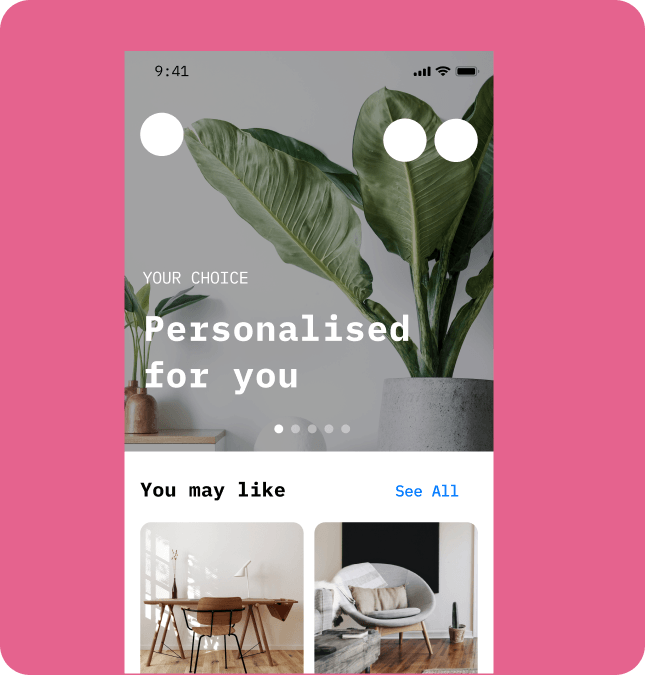
Personalized Content for Customers
UI/UX in the D2C digital channel facilitates personalization that keeps consumers engaged. Since organizations can constantly collect consumer shopping data and leverage it to provide personalized recommendations to shoppers, product discoverability becomes a breeze and user experiences become more satisfying.
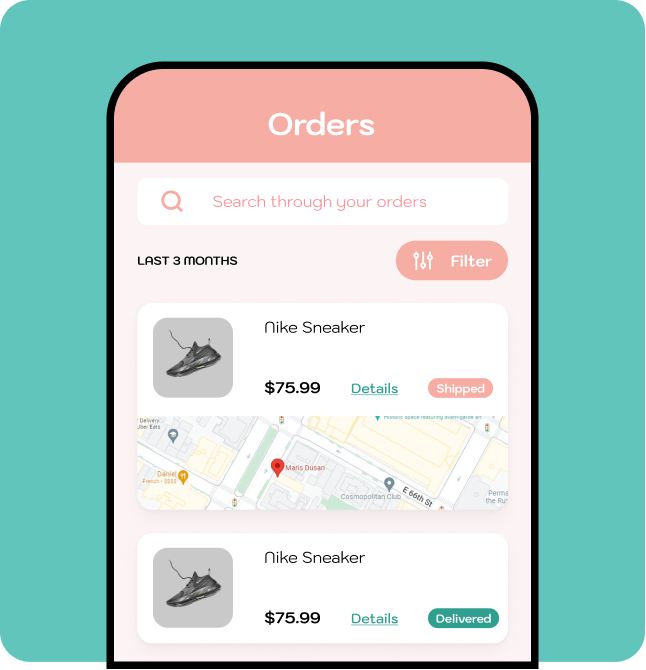
Timely information for better decision making
With the right UI/UX, Consumer and D2C platforms can give consumers the power to access relevant product information when they need it most. For example, consumers can easily view product descriptions and reviews to make informed buying decisions. In this way, the digital user experience seeps through to even the post-sales phase, increasing the possibility that buyers will be satisfied with their purchases.
Importance of State of Design in Consumer & D2C for Improved Business Outcomes

A great UI/UX strategy helps companies win over customers, manage existing ones better and keep them hooked to their products. This is done through smooth user interactions, easy navigation, and intuitive design. D2C companies can use their available resources better and focus on keeping their existing customer base happy.

A customer-centric design keeps the customers hooked to the company’s products. This means that they automatically become brand promoters, reducing marketing costs drastically.

Companies with exceptional UI/UX design philosophies capitalizes on the available data to provide their customers with personalized products that are more likely to get purchased. This leads to higher customer lifetime value which is one of the biggest drivers for businesses.

A reliable UI/UX design system makes the product discoverable to both existing and new customers. This increases your total revenue by attracting more customers and boosts the average order value of carts.

A great UI/UX design system bolsters the reputation which is a huge plus for any business. It brings more trust and transparency for their customers, which automatically translates to a better brand value.

A reliable UI/UX design system makes it easier to integrate the consumer’s buying journeys regardless of where they are spending their time. It allows companies to introduce personalized offers and product recommendations that can be accessed across devices.
Our UI/UX Services for Consumer & D2C Companies
Product Taxonomy
UX Personas and Flows
Category Identification
Improving Product Discovery
Brand Guide & Identity
Mobile App Optimization
Operational Simplicity
Intuitive navigation
User Journey/Sales Funnel
UI/UX Trends in Consumer & D2C Industry
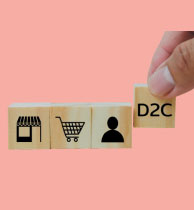
Headless Architectures
This is one of the hottest trends for D2C companies today as they look to separate their front end and back end architectures with clear distinction. This is relevant for UI/UX as Headless Architectures allow room for increased flexibility and endless customisations, enabling companies to cater to the experiences of multiple device types at once.

Omnichannel Experiences
Going digital is not enough. Companies with increased shelf presence in physical stores make 91% of the customers more likely to shop with them. Thus, digital solutions today need to also account for this by bridging the gap between online and offline channels. For example, ecommerce portals can give customers the option to either shop online or come to their stores directly.

eWallets
The eWallet market size was valued at USD 1391.51 Million in 2020 and is projected to reach $9657.04 Million by 2028 with a CAGR of 27.40%. Mobile-first shopping experiences are making eWallets a must-have feature for all digital D2C brands. eWallets come with numerous benefits such as increased sales, better conversion rates, ease of use, security via dual authentication, and more.
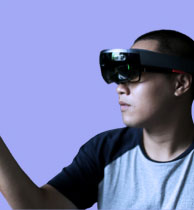
AR and VR
These are massive data processing systems that run on a decentralized peer-to-peer network. They are a direct byproduct of Blockchain technology. As the biggest Cybersecurity trend today, the Dapp market is expected to reach USD 368.25 Billion by 2027 at a CAGR of 56.1%. The speed and efficiency with which Dapps are adopted will depend on how efficiently they are able to drive user experiences.

Augmented Reality, AI&ML
Augmented Reality and Virtual Reality are finally seeping into ecommerce as well, transforming the UX of D2C brands. By helping customers try on or experience the products even before they buy them, digital shopping experiences are increasingly becoming like their offline counterparts. This is leading to increased adoption of the technologies with the AR market projected to have a whopping 2.4 billion users by 2023.
In today's fast-paced technological world, consumers have access to a wide variety of products from many different retailers.
Consequently, companies have to work even harder to remain competitive and relevant. To be successful with both online brick-and-mortar channels, product organizations must instill both channels with impeccable user experiences.
Digital Retail and D2C are amongst the fastest growing digital transformation markets, valued at USD 143.55 billion in 2020. It is expected to reach USD 388.51 billion by 2026 at a CAGR of 18.2%.
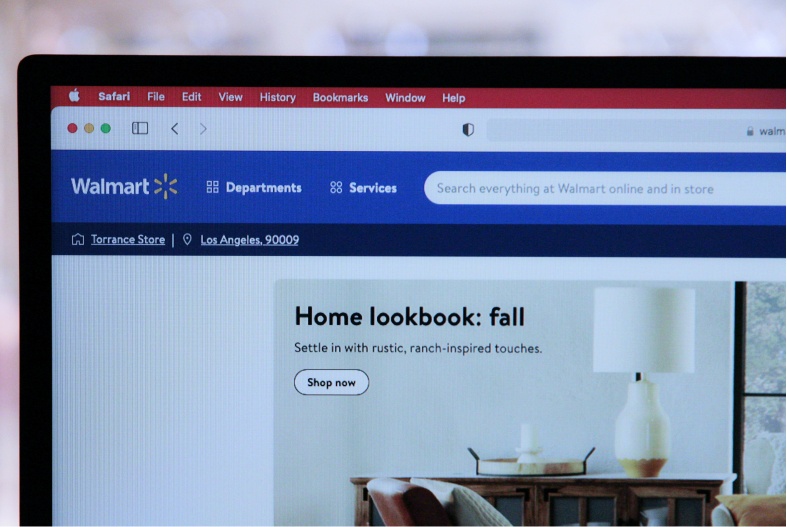
To justify the added cost of operating two separate retail channels, Consumer and D2C organizations must realize the distinct value of each channel.
They need to keep the customer's needs in mind while designing the digital channels to sell the right products to the right customers at the right time. And undoubtedly, UI and UX play intricate roles here.
While the user interface makes it easy to customers to sift through thousands of products, the user experience keeps them coming back to your online store.




